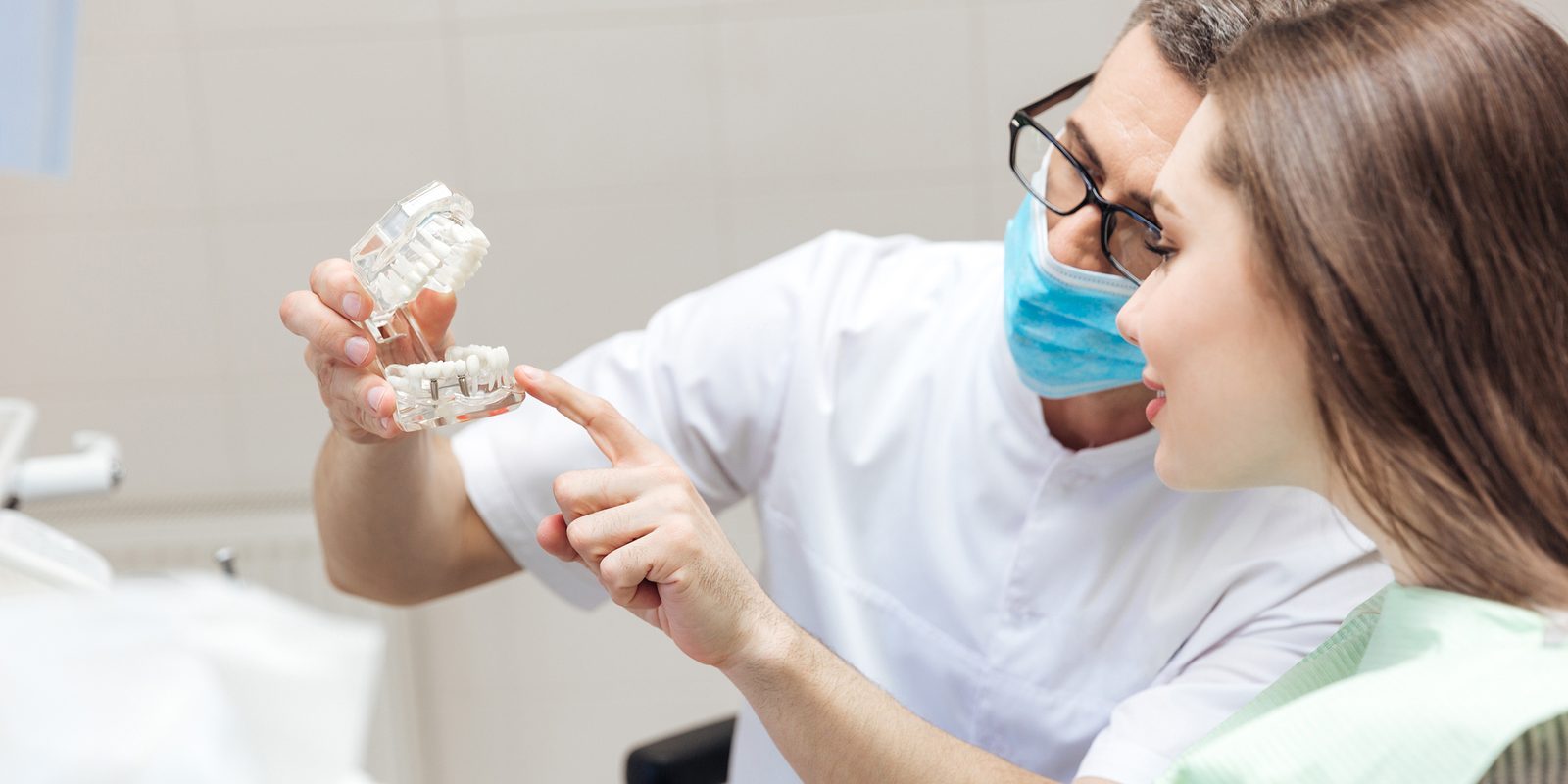Every patient we see receives oral surgery anesthesia. Whether it’s a simple wisdom teeth removal or a more complex procedure like bone grafting, anesthesia brings pain relief and eases nerves wonderfully.
To help you understand oral surgery anesthesia types and uses, we’ve prepared an overview. Read on to see for yourself how we use this technology to your advantage.
1.Local Anesthetic
Local anesthetic allows you to remain conscious during the surgery. An anesthetic (such as lidocaine) is injected in and around the surgery area. Local anesthetic is used alongside all other forms of anesthesia during every oral surgery procedure.
Simple, minimally invasive procedures – such as most tooth extractions – can be done with local anesthetic alone. You may even choose to have us remove your wisdom teeth with local anesthetic. However, most patients opt to be sedated as well.
2. Nitrous Oxide Sedation with Local Anesthetic
Nitrous oxide can be used during simple oral surgery procedures, as well as more complex procedures like wisdom teeth removal and dental implant insertion.
Before and during surgery, you breathe a mix of nitrous oxide (also known as laughing gas) and oxygen. The gas allows you to stay conscious and relaxed. Nitrous oxide acts as a sedative and analgesic, calming you and controlling pain.
[Click Here to Learn More About Nitrous Oxide Sedation]
3. Office Based Intravenous Anesthesia with Local Anesthetic
I.V. anesthesia brings sedation and eliminates pain during all types of oral surgery. If you’re anxious or especially nervous, you may request I.V. anesthesia for simple procedures. Most people undergoing dental implant placement or wisdom teeth removal select intravenous anesthesia.
In order to offer general anesthesia during in-office procedures, your oral surgeon has:
- Received hospital-based anesthesia training for a minimum of 3 months
- Undertaken an in-office assessment by an examiner from the state dental board
- Performed an oral surgery using general anesthesia with examiner’s oversight
- Had all monitoring and emergency equipment tested
- Had doctor and assisting surgical staff tested on anesthesia-related emergencies
After your doctor’s successful training and evaluation, the state dental board has licensed them to administer general anesthesia.
During a procedure for which I.V. anesthesia is used, you remain asleep and unaware of the surgery. Common I.V. anesthetics are Fentanyl (opiate), Versed (benzodiazepine), Ketamine, and Diprivan. Oxygen is supplied through a nasal breathing apparatus and your vital signs are monitored carefully.
[Click Here to Learn More About I.V. Anesthesia]
4. Hospital Based General Anesthesia
Inpatient general anesthesia is offered for those who need extensive work done. Face and jaw reconstruction, as well as TMJ surgery, fall under this category.
Inpatient anesthesia, administered by an anesthesiologist, may also be best if you have heart or lung disease or another medical condition that calls for hospital admission.
———-
Our purpose is to keep you comfortable and safe. Oral surgery anesthesia helps us do both. If you have questions or concerns about what type of anesthesia is best for you, please feel free to give our caring staff a call, or talk with your doctor during your next appointment.






